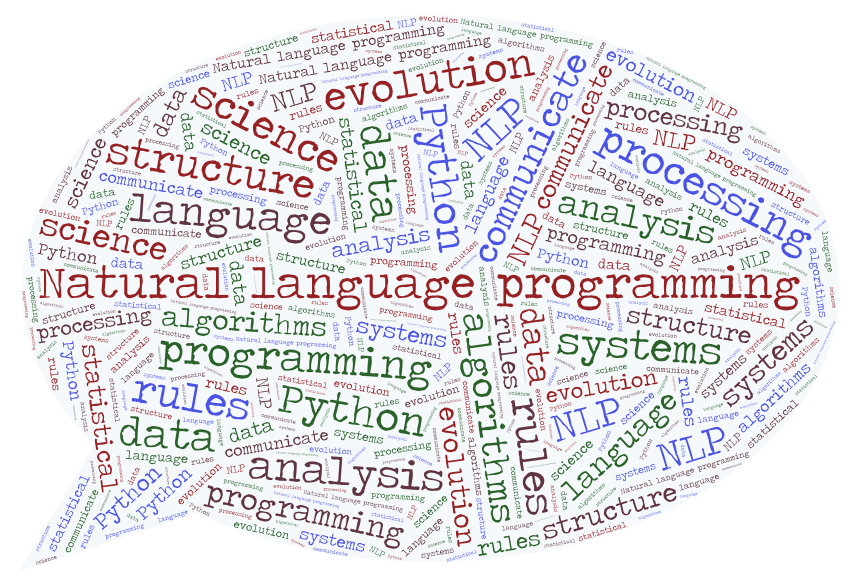Natural Language Programming (NLP)

Natural Language Programming is the interpretation of written and spoken languages in practical language use. Until recently, NLP-projects were limited to prototypes at universities only, but with the latest development of tools and technologies businesses are enabled to benefit from exactly such projects.
AngeGroup have language specialists who can interpret texts in English, French, Danish and Polish. We use the NLTK-framework for classification, lexical analysis, and sentiment (mood) analysis, but have also the possibility to soak social media feeds into our cloud area for further investigation. In that, analysis in other languages or other areas is therefore possible using various corpora that are publicly available.
Here are some applications that can benefit businesses:
Helpdesk Routing
Larger companies are receiving thousands of emails every week, which need answering by respective helpdesks of the business (sales, support, invoicing, complaints, etc.), so for instance, a client wishing for a new product should not be sent to the invoicing department. Instead, Natural Language Programming can be used to route the message to the correct desk.
B2C social media data gathering
A Business-To-Company data gathering can benefit a company from reading tweets, blogs, and other social media postings to determine how their brand can develop for a specific market.
For example:
- NLP can be used to soak the activity/posting on social media per week in order to indicate popularity and predict sale increase/decrease on specific products and on brands in their entirety.
- Sentiment Analysis can be used to indicate market distribution or product change of the brand
- NLP and Sentiment Analysis can also be used to monitor competing brands and their activity to see for their praise and critique.
- NLP can also be used to filter Social Media for spam and unrelated postings.
Survey Analysis
Satisfaction questionnaires may have free text fields for other comments. Semantic analysis can identify the main components of these free texts for reporting purposes.